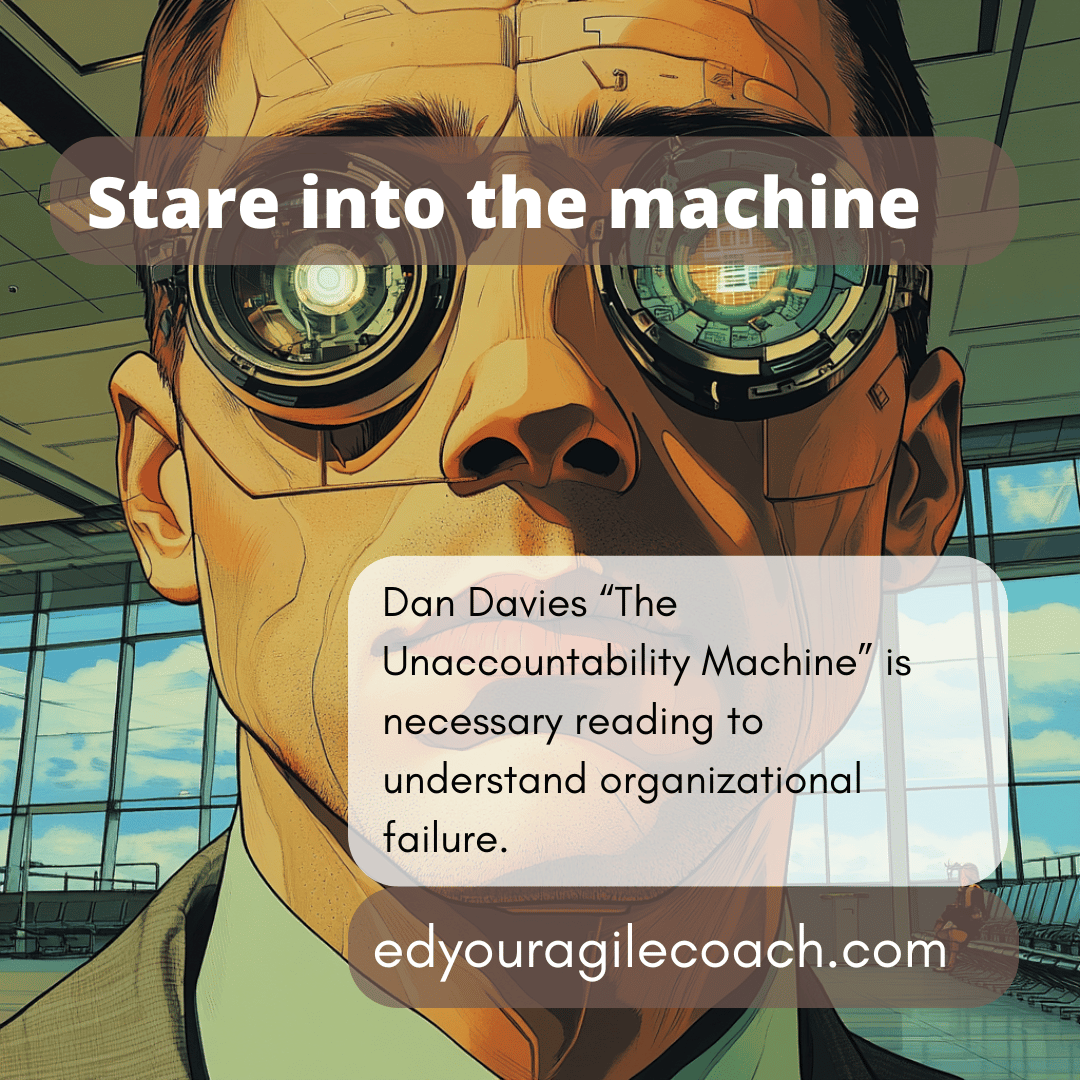What you do when it all goes wrong.

It is a familiar aphorism among business and political leaders that success has many fathers, while failure is an orphan. That observation has gained such traction precisely because individuals eagerly step forward to claim accolades when a difficult objective is achieved. In contrast, conspicuous failure invariably casts individuals into the spotlight of blame. Behavior like this undermines psychological safety and stifles innovation, creating a perverse incentive to do things 'perfectly' instead of solving knotty problems. Unfortunately, obstacles riddle the business world, demanding solutions from those within it. Today, I would like to spend some time addressing the challenging issues in your agile process.
Things will go wrong -
If you work in a profession where you build things from software to heavy equipment, you learn to accept that things will go sideways. Mismatched parts will halt assembly, missed workdays will stall progress, and looming deadlines will pass without tangible results to justify the time and effort invested. Entropy is constantly increasing in the Universe, so a few mishaps in a project are guaranteed. Experienced professionals and rookies differ in their approach to handling setbacks.
The most important skill I have learned recently is maintaining emotional distance from my work, which is a valuable asset. You can still have passion and dedication, but you should also be able to interrogate your emotions to be more effective as a problem solver or leader. Instead of getting angry at someone and saying, "I am angry!" try saying, "I feel angry." It provides a way to short-circuit your anger response, allowing you to examine the reasons behind your anger.
For instance, directing anger at someone or something will only exacerbate the situation if a missed deadline sets back the production schedule. Instead, admit your emotions, such as anger, because someone missed a deadline if you felt lied to suss out ways for bad news to reach your desk promptly. Perhaps you did not create an environment where people could speak the truth without fear of punishment. Is the person you gave the task to unreliable or irresponsible? After a little emotional distance, you can avoid repeating the same mistakes and mitigate them in the future.
Punt, Pivot, or Rollover –
You have three leadership choices when something is late or a deadline is missed. The first is to punt the task back into your product backlog. The work is incomplete but can wait for a development cycle or two to refine or reprioritize the task. I use this approach for less urgent items in the project.
The next approach is to Pivot on a work item. If the work is late or incomplete, place the item in the backlog and refine and coach it to ensure it has the correct scope level. Often, we jam too much work into a task, and splitting a story can mark some of the work complete in an iteration or product increment. Once work is appropriately divided, we prioritize it. I may get started right away, or it could linger, but when you pivot on a project, you must decide whether the work should continue.
The final approach is the most risky, called rolling over work. Work that rolls over means you assigned it to a team to complete in two or three weeks, and it did not happen. Without editing the work, as we do when we pivot, the boss admonishes the team to work faster and complete the work during the next iteration. Rollover work crowds out new efforts and, if not properly managed, can roll over multiple times. I have glumly confronted a project manager, stating that one rollover task is undermining an entire team's productivity and putting the project at risk. After a few tense minutes of silence, the project manager and the person sponsoring the project decided that a pivot was necessary, and we delivered the project ahead of schedule.
Ugly truth beats convenient fiction –
When things go wrong, the most important thing you can do in business is be truthful about a situation and avoid catastrophizing. Everyone wants to hear convenient fiction in times of crisis, but that does not solve problems. The ugly truth spoken with dispassion and firmness is the only way people will confront problems productively.
Nothing spreads so quickly through a business community than panic, so do not fule the frenzy by catastrophizing. The project is four weeks behind schedule. It is not doomed to failure. Nothing is ever as bad as it seems, nor is it as optimistic. Often, business products exist in that shadowy realm between the two, and real leaders can guide them into the light.
Accept that things will go wrong, use the 'put, pivot, or roll over' approach to similar items, and finally, face the ugly truth. When describing your project. It is a straightforward approach to addressing the complex challenges of business each day.
Until next time.




Comments ()